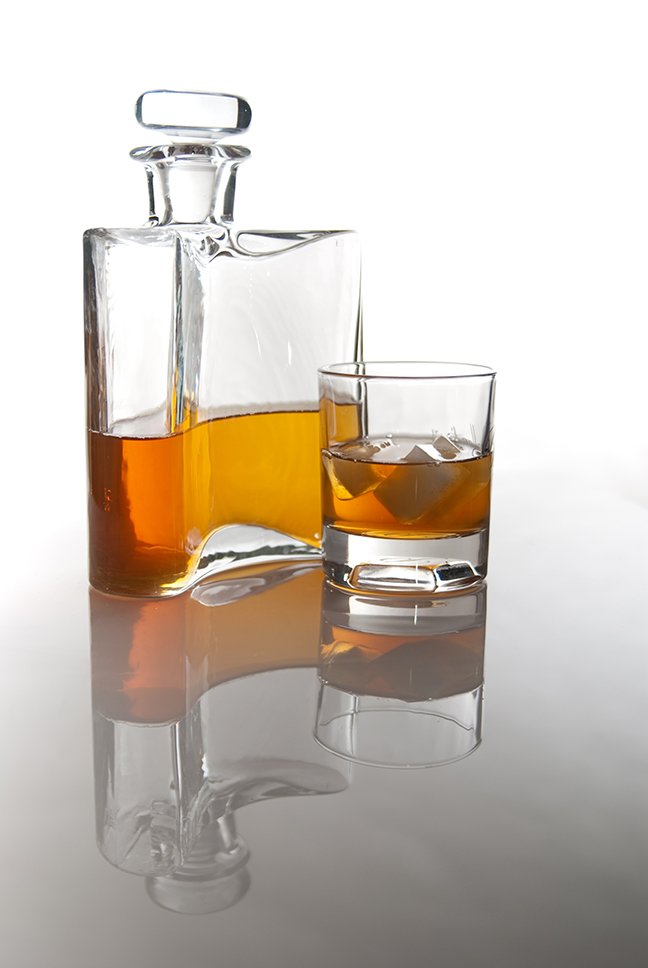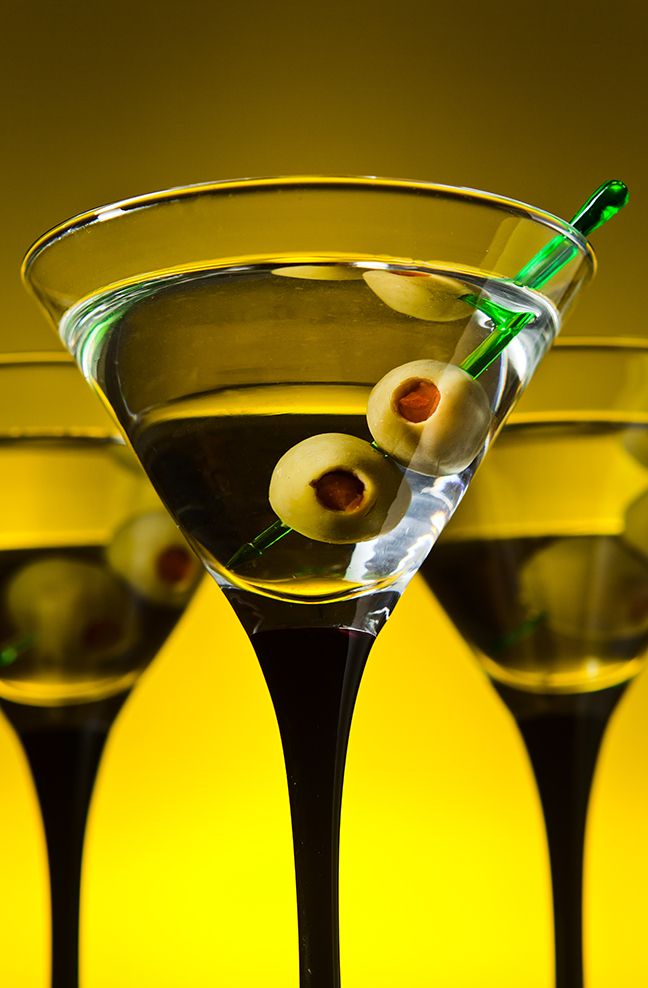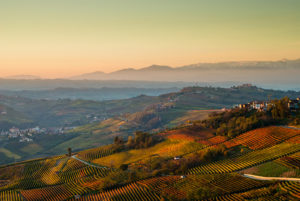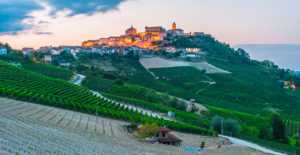California is famous for its magnificent wines but that wasn’t always the case. Up until 1976 and the famous blind tasting at the Judgment of Paris, California was just a lowly backwater when compared to Europe and in particular, France. French wines had always been the benchmark of excellence while California wines were classified as substandard and not taken seriously by anyone outside the state.
As far as wine production was concerned, the Old World (meaning Europe) was miles ahead of the New World (meaning the rest of the globe). Historic European wine producing countries such as Greece have literally been producing wine for thousands of years. The Cistercian monks of France were planting vines and tasting the soils of the venerable Burgundy (Bourgogne) region many hundreds of years before settlers even arrived on the shores of North America.
Wine producers of the New World believed they could not compete with such a remarkable track record and it never occurred to them to try. In a twist of fate, the sublime wines of Napa burst onto the international scene at the celebrated Paris tasting. Two unknown California wines were sneaked into the competition in unmarked bottles. Secrecy was key, as California wines were perceived as not worthy of even entering such an esteemed contest.
In the end, two wines from the Napa Valley, a Chateau Montelena Chardonnay and a Stag’s Leap Wine Cellars Cabernet Sauvignon, bested the French in both the red and white categories and won the competition. The world was stunned by the unprecedented victory. The French were scandalized.

Chateau Montelena
In one fell swoop; the idea that only the French could produce top-caliber wine was destroyed. It was a clear victory for Napa, proving California wines were worthy of international acclaim in both quality and potential. Suddenly, it became possible for wines from around the world to not only compete on the international stage but to win.
The victory sparked a sort of revolution in wine production and inspired international winemakers to aspire to greatness. If the California vintners could do it, they could too. The glass ceiling had been broken. The victory in Paris was not only a turning point for Napa, it had an impact on the entire world.
Demand for the winning wines surged. Almost overnight, new vineyards were planted and new wineries were opened in Napa, hoping to ride on the venerable coattails of the winners. The now legendary Napa Valley did not disappoint and the name “Napa” will forever be associated with fine wine.
Since 1976, the wines of California and of the United States as a whole have evolved and proven themselves to be in a superior class of their own. Today, the United States is a driving force in the wine industry. With gifted winemakers leading the way, states such as California, Oregon, New York, Arizona, Texas, and many others, produce some of the finest wines in the world.
The next time you pour yourself a glass of fine wine, consider the history that brought that wine to your table. If not for the intrepid efforts of California vintners back in 1976, we might never know the joys of so many excitingly different wines from around the country and around the world. Surely that is something to celebrate.
Cheers!










